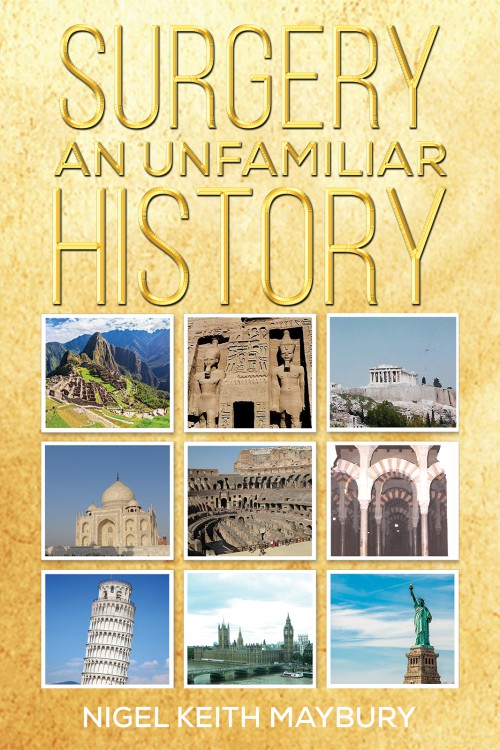This is a fascinating account of surgery that throws light on forgotten and unknown aspects of its practice from antiquity to the present. It illuminates the rare periods of progress and also explains why there were lengthy times when no original operations were undertaken.Maybury has achieved this by identifying the time and place when each operation was first undertaken. The first of these was the trephination of the skull in Peru twelve thousand years ago, presumably to exorcise evil spirits. This operation over several thousand years reached Europe where Hippocrates described and rationalised it to treat head injuries, it is still practiced today and is the forerunner of each subsequent original operation.The golden ages of surgery took place in Ancient Greece and India and 1,300 years later in Western Europe and the USA. Between these periods, no original operations took place. Maybury explains why this happened and reveals the Greek theory that dominated surgery for over 2,000 years. He describes the passage and translation of the Greek manuscripts and their acceptance in the Arabian Empires and how in turn the Arabic versions strongly influenced Italy and then Western Europe. He also tells of the Edict of Tours of 1163 that devastated surgery and took 700 years to rectify and also the extraordinary modern era when all the tissues of the body were finally operated upon and very much more.
Nigel Keith Maybury was born in 1943 and is a retired general and vascular surgeon of wide experience. He trained at Oxford University and St Thomas’s Hospital, London. He was a Wellcome Trust research fellow at the Middlesex Hospital, London and later a lecturer in surgery at the University of Leicester. He was appointed as a consultant surgeon at the Royal Albert Edward Infirmary in Wigan, Greater Manchester. He wrote his thesis for a DM from Oxford, on surgery, for duodenal ulcers—a major disease of the 20th century. His previous book published in 2014 was The End of the Golden Age of General Surgery, which describes the training and practice of a surgeon in the second half of the 20th century, before the dramatic changes in the practice of surgery that occurred across Europe at the beginning of the new millennium
Customer
Reviews
0 reviews
Write a Review
